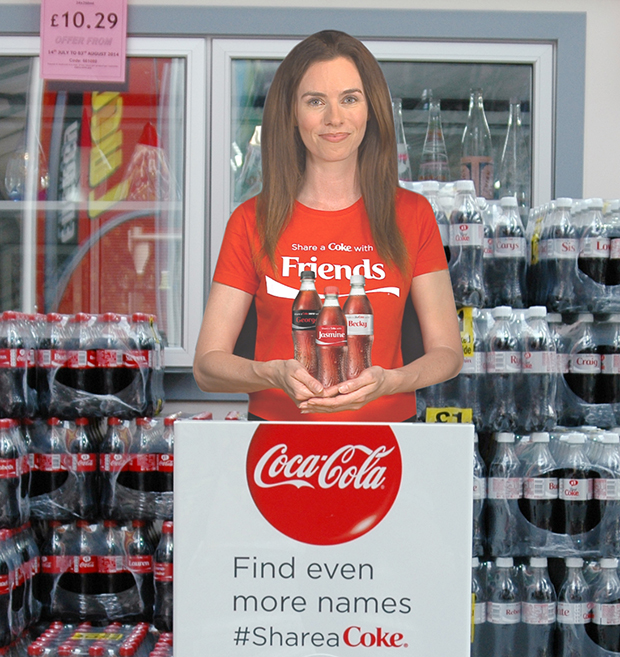- Home
- Sectors
- Solutions
- Tensabarrier®
- Tensator® Charging Stations
- Tensamedia® Wayfinding and Signage
- Lawrence® Post & Rope
- Tensator® Airport Passenger Guidance System
- Electronic Queuing – eQ™
- Tensaguide® Modular Barrier System
- Tensator Micam Protection – TMP
- Safety Solutions
- Access Control
- In-Queue Merchandising
- Virtual Queuing – VQMS
- Tensator® Virtual Assistant
- Custom & Bespoke Solutions
- Resources
- About
- Contact Us
- Shop
 English (English)
English (English)
How technology can humanise a brand
06
Jul

[vc_row][vc_column][vc_column_text]Head of technology and media solutions, Ajay Joshi, speaks to Information Age about the importance for organisations to humanise their brands to create a more personalised customer journey.
“The ways in which we engage with content and receive information is changing all the time and with new methods of technology continuing to develop, this trend looks set to last. For marketeers of the largest businesses and brands, the challenge of putting their company in the spotlight is becoming increasingly more difficult, meaning a strategic approach is key.
The process of humanising brands through technology does what it says on the tin, businesses are using technology to open a dialogue with customers, replacing the traditional faceless service with a more considered customer journey.
Technology has allowed businesses to develop their own tone and personality, and crucially interact with their customers. As a result, brand perception is likely to be formed on an emotional level with customers becoming more loyal.
One of the main ways companies have attempted to humanise their brand is through social media. Here, there can be a process of two-way communication directly between an organisation and its followers. However, as the number of social media channels and individual business pages continues to increase, content is becoming more and more diluted.
It now begs the question as to “what’s next?” The use of imagery and video in conveying messages is now more popular than ever allowing brands to inject some personality and even humour into their messaging – dispelling any corporate stigma which can sometimes mask the face of the individuals behind the organisation.

Creating an interactive and enjoyable experience is key to ensuring a smooth customer journey. Fresh and innovative content, and delivering it through an easy-to-understand medium, will keep customers engaged as well as improve brand perception.
An example of this can be seen at various London Underground stations where the traditional rows of printed advertising for products, shows and musicals are being removed and replaced with digital poster screens. Not only do these new screens provide a more eye-catching source of content but they can also be easily changed as and when they need to.
Moving one step further, organisations have begun to realise the importance of using innovative techniques to deliver their messages to maximise engagement. In a way, there has been a desensitisation to more traditional forms of marketing. Anything that is flat and lacks any degree of engagement is not going to deliver. This is why we are seeing increased demand for solutions like our own Tensator Virtual Assistant, which creates the illusion of a real person to deliver marketing messages for a brand.
The continual development of technology will become increasingly vital for brands as they look for innovative ways to grab customers’ attention and provided targeted and relevant messages.”
For more information about the Tensator Virtual Assistant and how it can help you improve the customer journey, please contact us.[/vc_column][/vc_row]



